Highlights of an eight week trip though Tibet, YunNan, SiChuan, GanSu and QingHai provinces (2007).
[640],shadow=true,start=,stop=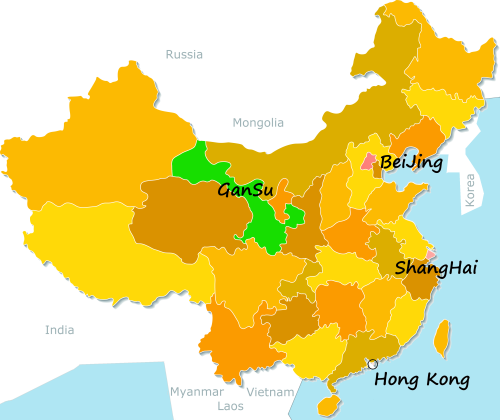
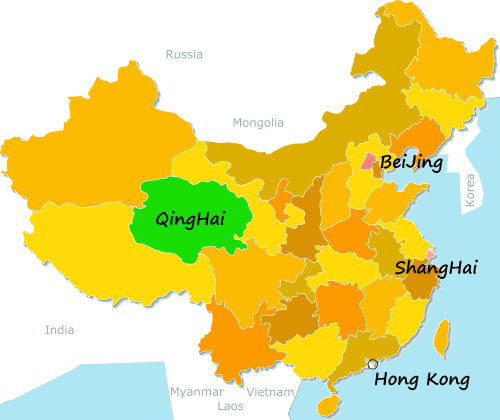
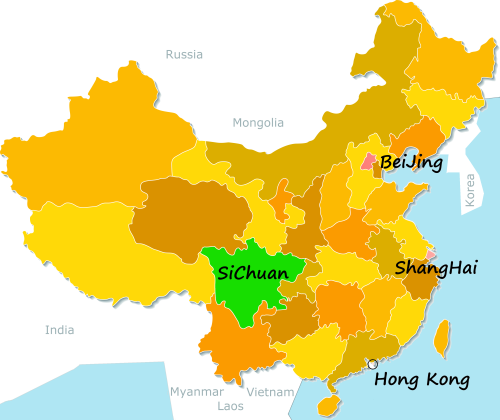
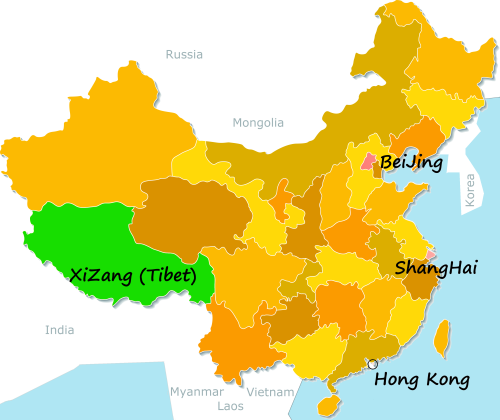
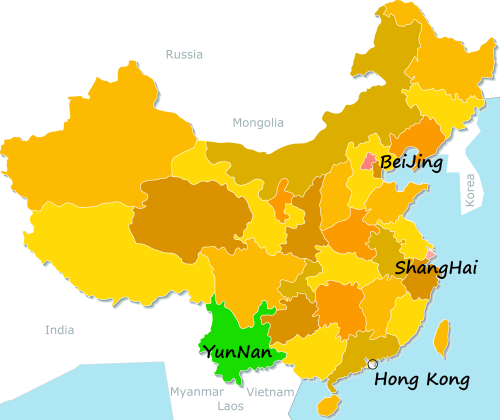
Live more ...
 Two months in China’s south west 中国
Two months in China’s south west 中国Highlights of an eight week trip though Tibet, YunNan, SiChuan, GanSu and QingHai provinces (2007).
[640],shadow=true,start=,stop=





|
Filmed in 2007
|

|
You have undoubtedly seen a few of their videos - and there will be many more. Here's the back story of how they met ...
|

|
With Little Chinese Everywhere ...
|
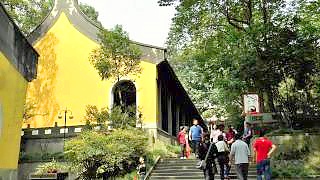
|
Plus a charity run for deaf children ...
|

|
GuangZhou, GuangDong province.
China knows how to do infrastructure, and does it very well.
With Walk For You ...
Bonus film - night walk in ShenZhen : OCT OH Bay and Bay Glory ...
|

|
A beautiful and creative short film by Francis So ...
|

|
Places include : BeiJing 北京 | Tibet 西藏 | The Three Gorges, YangTse River 长江三峡 | HongHu Lake, HuBei 洪湖(湖北) | ZiWei Flower Park, ShaoYang, HuNan 紫微花公园,邵阳 (湖南) | ZhangJiaJie 张家界(湖南).
|

|
With Garland Nixon ...
|